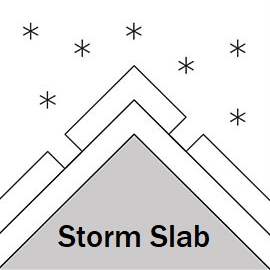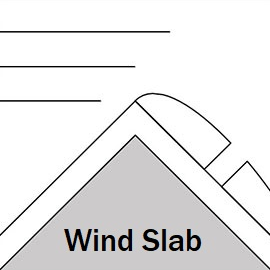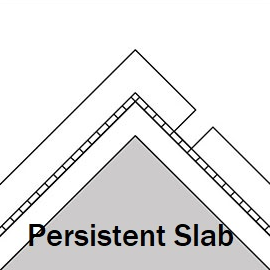Gudauri
Natural avalanches are possible, human-triggered avalanches are likely. Small avalanches in many areas, or large avalanches in specific areas, or very large avalanches in isolated areas.
New snow over the next 2 days is falling on a weak surface in some areas. Winds may pick up and start moving this new snow. Storm slabs and wind slabs are our main problems on Thursday and Friday.
Forecast issued at: 7 March 2024 08:00
Forecast valid until: 9 March 2024 08:00
Forecaster: Manu Greer
High Alpine
> 2600m
3 Considerable
Dangerous avalanche conditions. Careful snowpack evaluation, cautious route-finding and conservative decision-making essential.
Alpine
2000m - 2600m
3 Considerable
Dangerous avalanche conditions. Careful snowpack evaluation, cautious route-finding and conservative decision-making essential.
Sub Alpine
< 2000m
2 Moderate
Heightened avalanche conditions on specific terrain features. Evaluate snow and terrain carefully; identify features of concern.
Avalanche Problems
Storm Slab

Recent snow has fallen on top weak, sugary, and non-cohesive snow crystals at the surface. By the end of the storm this layer could be up to 30 cm deep. At higher elevations where the new snow is dryer, bonding with the old layer might not be good, and wide slab avalanches could be triggered on the sugary snow underneath. It might take a few days for this problem to improve. At lower elevations (below about 2500 m) where the temperatures are warmer, bonding will be faster and there will be less of a problem.
| Sensitivity | The specific avalanche problem type is reactive to human rider triggers. Easy to trigger with ski cut. |
| Distribution | Many locations. Evidence for instabilities is frequently found, in many locations. |
| Time of Day | All day |
| Trend | Deteriorating |
| Confidence | Moderate |
Wind Slab

Winds starting S and changing NW / W on Friday can build areas of slab around ridges on a range of aspects. These could be as deep as 60 - 80 cm.
| Sensitivity | The specific avalanche problem type is reactive to human rider triggers. Easy to trigger with ski cut. |
| Distribution | Specific areas, with common characteristics. Evidence for instabilities exists, but it is not obvious and finding it requires careful observations. |
| Trend | Deteriorating |
| Confidence | Moderate |
Persistent Slab

Weak, facetted snow layers have been found around buried mid-pack crusts, in areas with shallow snow depth, and around recent melt-freeze and wind crusts. These problems may be worse in the north of the region where the snow is shallower.
| Sensitivity | The specific avalanche problem type is difficult to trigger with a human rider. |
| Distribution | A few, isolated locations; evidence for instabilities is rare and hard to find. |
| Time of Day | All day |
| Trend | No change |
| Confidence | Moderate |
Recent Avalanches and Snowpack
Recent avalanche activity:
4 March: wind slab , skier-triggered, W-NW aspect, 2900-2950 m (high alpine zone). 3 March: Several skier-triggered loose dry avalanches, size 1, E-NE aspect, elevation approx. 2800 - 2900 m (high alpine zone)
Glide slabs continue to be active on multiple aspects (more commonly E, S and W) below about 2600 m, some up to size 2. These can release at any time - if you see cracks in the snow, do not stop under these areas!
Snowpack:
A layer of new snow has fallen with S winds. More snow will fall Thursday and Friday with a storm total of up to 30 cm forecast. This snow has fallen on about 10 - 20 cm of low-density, faceted surface snow in shady places, and a poor bond is expected. There are melt-freeze crusts on most aspects - at the surface on S aspects and under previous snow extending to high elevations. Faceting snow was recently found around buried crusts and weak layers can be found deeper in the snowpack in some places, especially on N aspects at higher elevations where the snow is shallow - e.g. a facet layer down 60 cm was reactive in recent instability tests on a NE aspect at 3000 m.
Weather
Snowfall continues Thursday and Friday, winds light to moderate S on Thursday changing stronger NW and W on Friday. Freezing level 1950 m Thursday morning lowering to 1100m Friday evening.
Disclaimer
Our avalanche forecasters are internationally qualified and experienced professionals, and data is provided by skilled observers. We encourage you to make your own observations and decisions, without relying solely on our forecast, since any forecast is a generalised 'best guess', and in certain cases it might be inaccurate. We can not be held liable for any actions you take in the backcountry that may result in injury, loss or death.